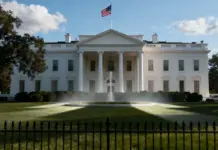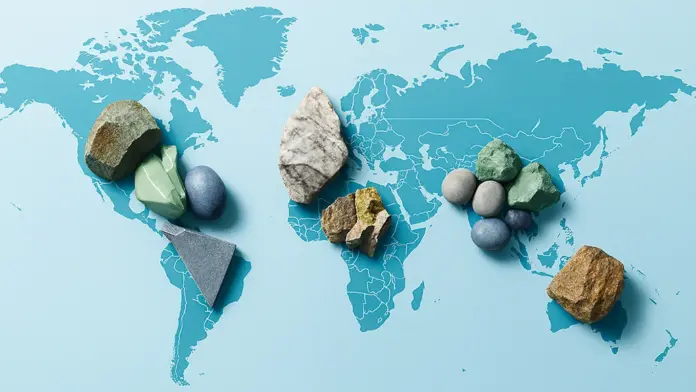A new export-licensing arrangement between Washington and Beijing has created a short-term opening for the United States to reinforce its critical minerals supply chain, following China’s move to ease the restrictions it introduced in 2023. The White House said, “China will issue general licenses valid for exports of rare earths, gallium, germanium, antimony, and graphite for the benefit of U.S. end users and their suppliers around the world,” in a statement issued in November. The measure would “effectively eliminate” all current and proposed export controls. The White House added, “The general license means the de facto removal of controls China imposed since 2023,” while companies are evaluating how broad the licensing changes will be.
China maintains a commanding position across key minerals used in clean-energy technology. The International Energy Agency says China supplies roughly 94% of rare-earth permanent magnets and about 70% of 19 of the 20 most strategically important minerals. Companies in the sector noted the immediate relief provided by the new licensing terms, while acknowledging the structural challenge of building a more resilient critical minerals supply chain. The agreement “is clearly a good move for the global economy because it will take time to build up the strength of the supply chain outside China,” said Barbara Humpton, CEO of USA Rare Earth.
Alongside the export-license development, the U.S. government has advanced a range of measures to diversify supply. Two executive orders issued in March and April aim to enable expanded extraction of critical minerals from federal land and seabed resources. The government has also approved the Ambler Road Project in Alaska to support access to copper, zinc and cobalt deposits. In a separate step, the United States signed the U.S.-Australia Critical Minerals Framework, which will initially inject $2 billion in funding for mining projects in the U.S. and Australia that will supply both countries. Federal support also extends to the $1.8 billion Orion Critical Mineral Consortium, which is deploying capital into producing and near-term projects involving lithium, rare earths, cobalt, copper and uranium.
Analysts caution that the broader redevelopment of the critical minerals supply chain will unfold over a long horizon. “With minerals the problem is that lead times including exploration, feasibility studies, permitting, litigation and final ramp up to production easily last 15 years, and often more,” said Tom Moerenhout of the Columbia Centre on Global Energy Policy. He added, “So the timeframe of our dependence on China is not something that can be resolved in two to three years’ time.” While the agreement reduces immediate pressures, the extended timelines underscore the scale of the undertaking ahead.































